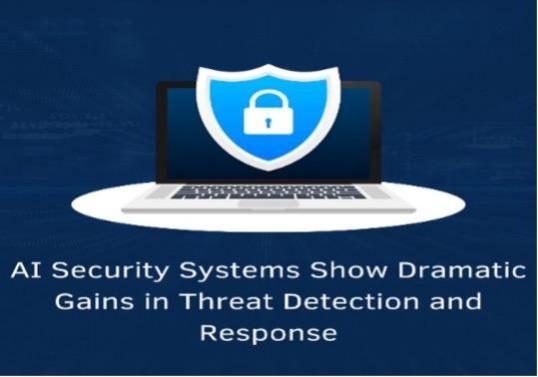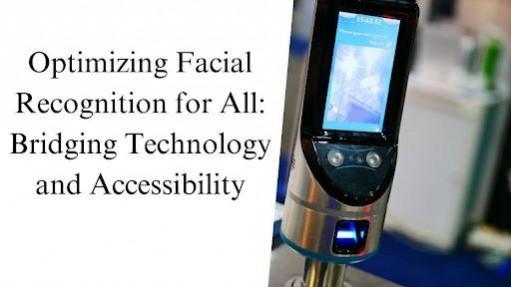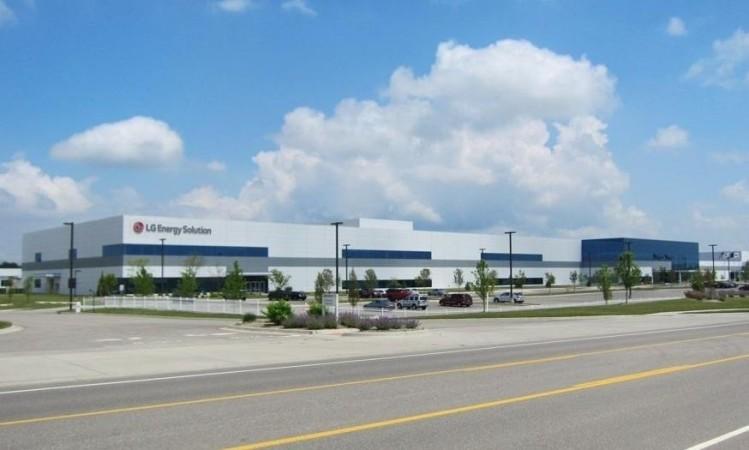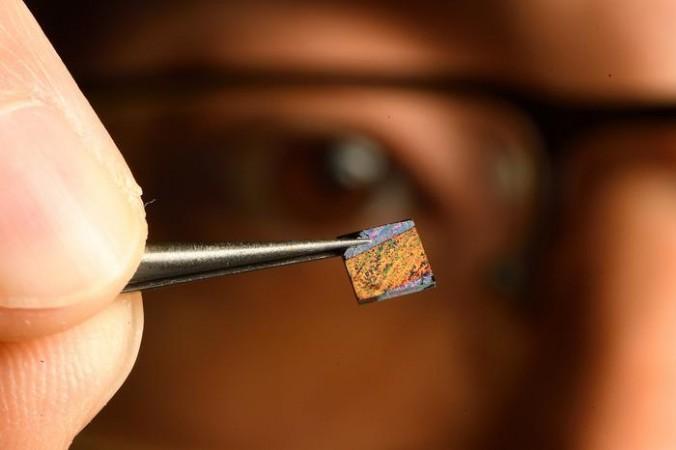
In this era of rapid technological advancement, the integration of printer and scanner hardware into mobile applications is revolutionizing digital workflows across various industries. Sai Krishna Paladugu highlights how these innovations streamline operations, improve user experiences, and address the growing need for efficiency in enterprise mobility. With the market projected to reach $1.76 trillion by 2026, the demand for secure and seamless hardware integration continues to soar, offering businesses a significant competitive edge in the digital landscape.
Leveraging SDKs and APIs
At the heart of seamless hardware integration is the strategic utilization of manufacturer-provided Software Development Kits (SDKs) and Application Programming Interfaces (APIs). These tools enable developers to access advanced functionalities such as duplex printing, high-speed scanning, and real-time status updates. By leveraging these capabilities, applications can maximize hardware efficiency, enhancing performance and reliability. This elevates application functionality and drives significant improvements in productivity, operational efficiency, and overall user satisfaction.
Prioritizing Speed and Reliability
Optimizing speed and reliability is essential in point-of-sale systems and on-demand label printing applications. Businesses can ensure seamless and fast operations by implementing efficient data processing algorithms, reducing network overhead, and incorporating robust error-handling mechanisms. These approaches minimize downtime, improve data accuracy, and deliver critical advantages in time-sensitive sectors like healthcare and retail, enhancing overall efficiency and customer satisfaction.
Error Handling for Seamless Operations
A proactive approach to error handling can significantly improve user satisfaction and operational continuity. Real-time error detection, user-friendly messages, and automated troubleshooting enable mobile apps to effectively address issues like paper jams or connectivity disruptions. These features reduce workflow interruptions and bolster system reliability and user trust.
Offline Functionality: Ensuring Continuity
In environments where network reliability is inconsistent, offline functionality becomes critical. Mobile apps capable of local data storage and print job queuing prevent data loss and reduce user frustration during connectivity outages. Efficient synchronization mechanisms ensure seamless transitions when networks are restored, maintaining productivity and operational flow.
Supporting Versatility with Multi-Format Capabilities
Modern mobile applications cater to diverse needs by supporting multiple formats such as PDFs, images, and barcodes. This versatility enhances the utility of printing and scanning functions across various business scenarios, from document management to inventory tracking. With widespread adoption of formats like QR codes, multi-format support becomes an essential feature for addressing evolving business demands.
Building Robust Security
As cyber threats escalate, robust security in mobile and hardware integrations becomes paramount. Techniques such as end-to-end encryption, multi-factor authentication, and role-based access control are essential to safeguarding sensitive data and maintaining system integrity. Additionally, secure data storage solutions combined with automated purging processes further reduce the risk of breaches, ensuring compliance with stringent data protection regulations. By prioritizing these advanced security measures, businesses not only mitigate vulnerabilities but also enhance customer trust, reduce incident rates, and establish a strong foundation for sustainable, secure digital operations.
The Future of Hardware Integration
The evolution of seamless hardware integration in mobile applications highlights a significant shift toward smarter, more efficient digital solutions. By adopting best practices such as optimizing speed, enhancing reliability, and securing integrations, organizations can significantly improve operational efficiency while reducing costs. These advancements not only streamline workflows but also deliver enhanced user experiences. Such transformative technologies pave the way for innovation, enabling businesses to thrive and adapt in an increasingly digital environment.
In conclusion, Sai Krishna Paladugu‘s exploration of hardware integration innovations is a comprehensive guide for businesses seeking to leverage mobile applications effectively. Organizations can optimize workflows, enhance user experiences, and ensure operational resilience by implementing these strategies. These advancements enable businesses to stay competitive and foster adaptability and innovation, positioning them for sustained success in an ever-evolving digital landscape.














